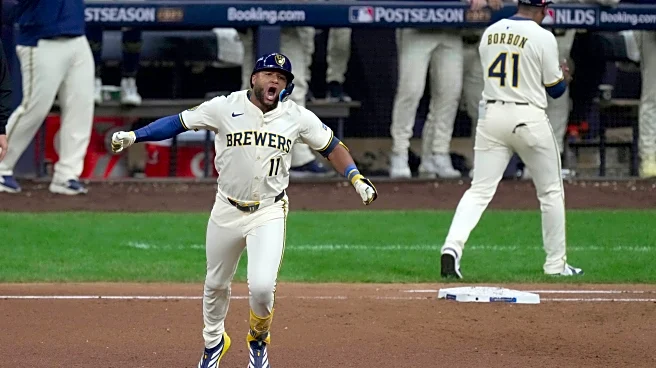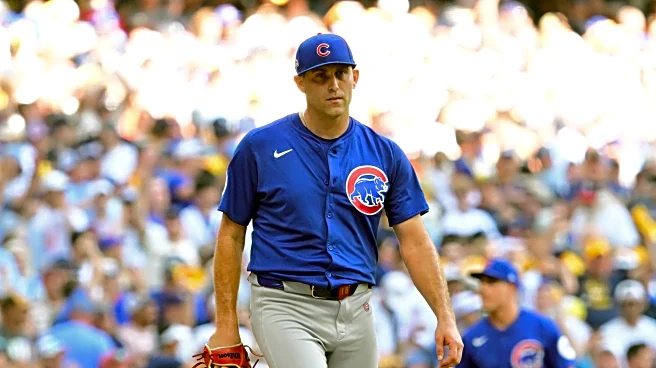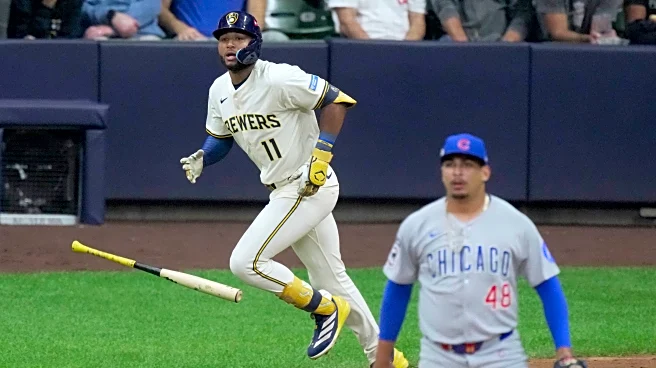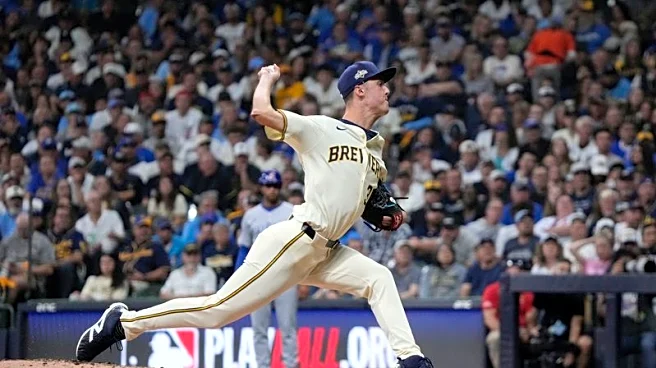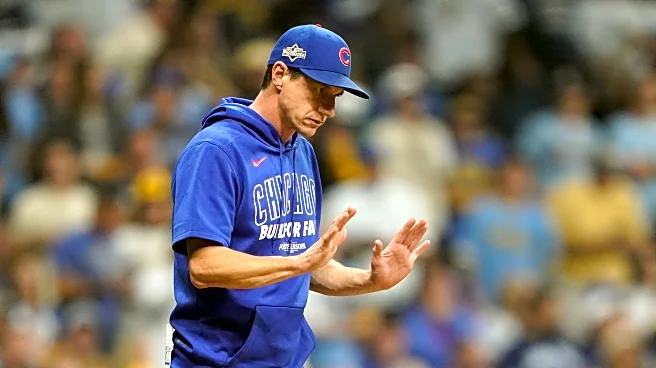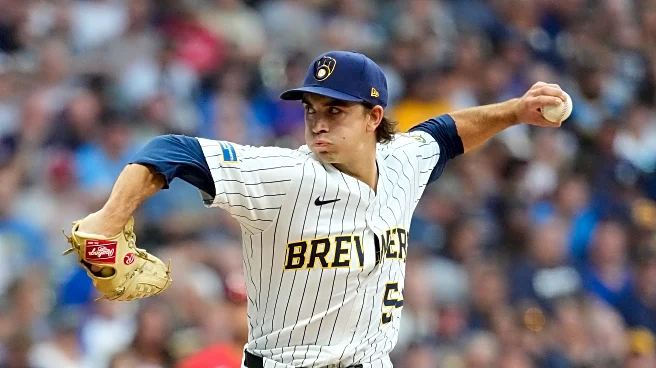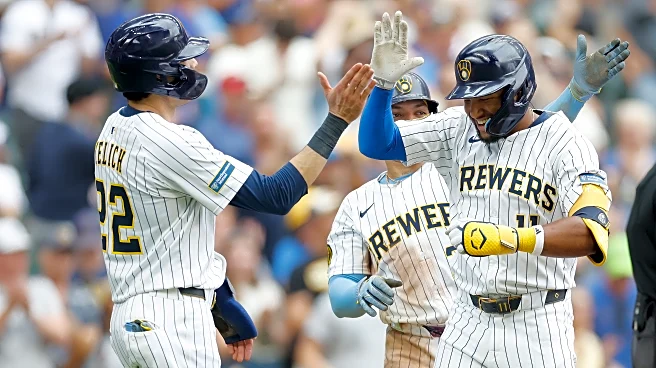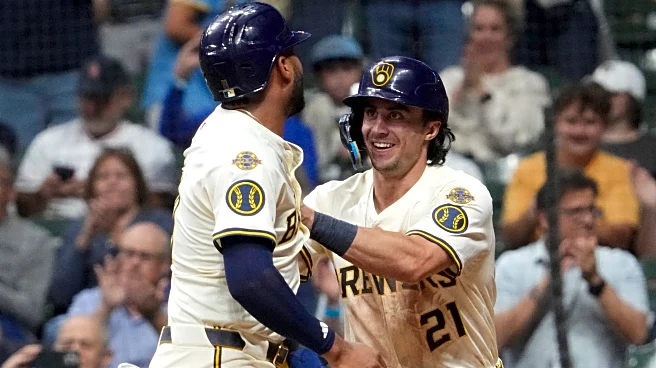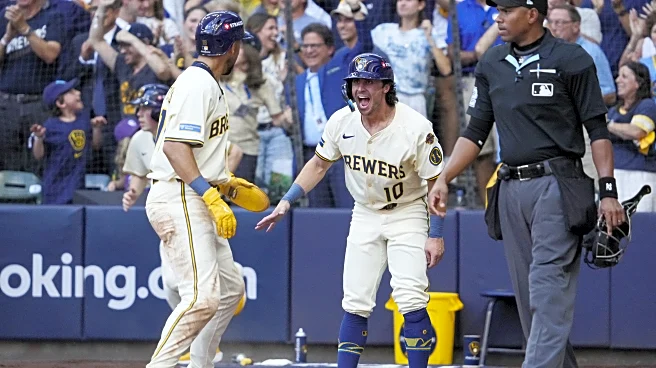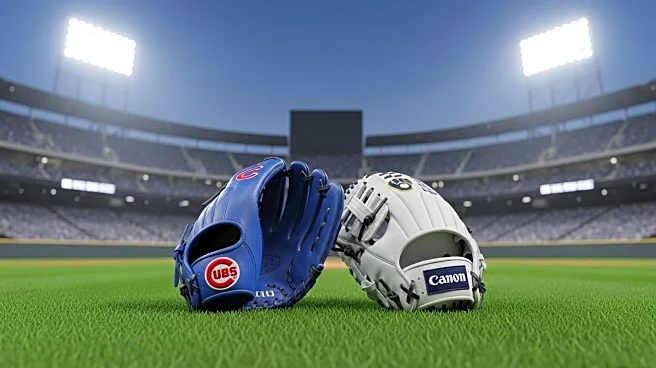On August 15th, DL Hall was placed on the injured list with an oblique injury. Nine days later, Trevor Megill suffered a flexor strain and was also placed on the injured list. A little over a week after
that, Nick Mears hit the IL, too. Suddenly, a group that had been excellent all year was challenged with a depth question and the loss of its leader, Megill, who’d saved 30 games with a 2.54 ERA and made the All-Star team.
Whenever a player like Megill goes down, it’s not just a question of whether a team has a player who can replace what the injured player did; the Brewers, it turns out, did have that capable replacement, as Abner Uribe put up a 1.38 ERA and five saves in 13 innings after Megill went down. But Uribe moving to the ninth meant that everyone else in the bullpen needed to move up a spot on the ladder, too. Jared Koenig had a great close to the season as the other high-leverage guy, but the Brewers used Aaron Ashby a ton in September; he threw 16 innings across 12 games, a big number even for a guy who can pitch multiple innings. Beyond that, Milwaukee was squeezing innings out of guys like Erick Fedde, Joel Payamps, Craig Yoho, and Carlos Rodriguez.
During that stretch, it was easy to forget how good this group had been all season. Milwaukee finished the season with the sixth-best bullpen ERA in the league, and they were fourth in FIP- and xERA. Not one remaining postseason team finished ahead of Milwaukee in any of those categories.
Megill returned to action on the last day of the regular season, and struck out two batters in a perfect inning. He pitched on Monday night for the first time in the postseason, and while his velocity is still not quite back to where it was before his injury, he averaged 98 mph on the three fastballs he threw while retiring the only two batters he faced. With Megill still a bit of a question mark, having thrown only two innings in game action since August 24th, Pat Murphy has kept Uribe in the ninth-inning role, and in the first postseason appearance in two years on Monday, he struck out the side. Koenig allowed a solo home run in Saturday’s game, but faced four batters and got four outs on Monday.
But it’s not just those big three in Milwaukee’s bullpen. Mears is back, finished Saturday’s win, and got a big out with two runners on in the second inning of Monday’s game. After a surplus of starting pitching options pushed Chad Patrick back to the minor leagues after an excellent start to his major league career earlier this year, he’s back; he had six innings of scoreless relief work across four outings for the Brewers in September (with a couple of spot starts as well) and pitched a perfect inning on Monday. And Monday’s game saw Murphy unleash a potential secret weapon: Jacob Misiorowski, who threw three scoreless (if not flawless) innings in relief while hitting 104 on the radar gun.
While Misiorowski’s control issues still make his outings a little scary, the Brewers are certainly hoping they could catch lightning in a bottle, turning him into a multi-inning weapon and relief ace in the mold of Andrew Miller in 2016, Josh Hader in 2018, Francisco Rodríguez in 2002, or Wade Davis in 2014 and 2015. The Brewers themselves have seen Brandon Woodruff and Corbin Burnes as examples of young starters who found roles as valuable relievers in the playoffs, much like Adam Wainwright did for the Cardinals in 2006.
It now feels like the Brewers’ bullpen, which was a question mark for most of September, could be one of the most potent weapons remaining in the postseason. Statistically, they’re the best bullpen left alive, and as Megill works back into shape, they could approach maximum strength at exactly the right time. They’ve got a lot of different weapons: Ashby, Misiorowski, Patrick, and Robert Gasser can go multiple innings, Ashby and Koenig are lefties with regular-season high-leverage experience, and Megill and Uribe give them a late-inning one-two punch that few other teams can boast.
In two games against the Cubs so far this postseason, the bullpen has been excellent; after Ashby had a rough first inning in his role as an opener on Monday, six relievers combined for 7 2/3 one-hit, shutout innings and retired the last 15 batters they faced. On Saturday, Koenig’s solo homer was the only blemish in 3 1/3 innings in a blowout.
We often see elite bullpens make or break teams in October. Milwaukee should enter every game they play this postseason believing that they’ve got a better bullpen than whoever they face, and if the Brewers can score enough runs, this group of relievers can carry them as far as they’ve ever gone.

